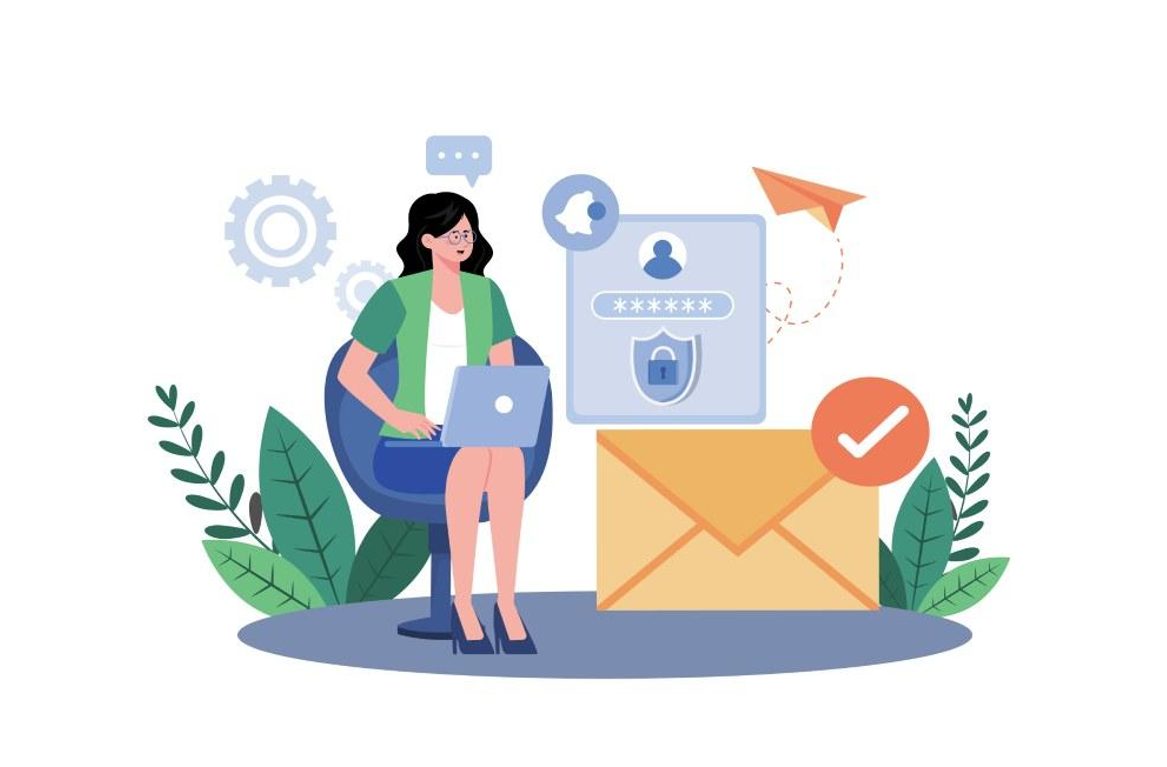Connected smart devices are predicted to reach 75 billion by 2025. The Internet of Things (IoT) technology is closely related to our daily lives and globalised economy. Nowadays, software development for IoT spans from interconnected devices and products – automobiles, security systems or appliances – to ecosystems, which connect solutions for manufacturing and power industries. In a dynamic world of technologies, it is critical to take full advantage of IoT – either for personal or business purposes.
PNN Soft has major experience in creating software development for IoT. In this post, we will share the most visible IoT tendencies alongside general ideas on applying the technology in industries. Let us proceed with the overview of current IoT tendencies that can benefit your solution.

Top trends of the Internet of Things in 2023: brief overview
- Transforming landscapes. Smart CitiesAccording to McKinsey’s report, smart cities decrease robbery by 30% and fatalities by 80%. In addition, using data insights helps smart cities enhance accessible facilities and social services for residents. Over recent years, the US government has actively implemented IoT projects, so smart cities are predicted to evolve and optimise residents’ daily operations in multiple ways. Some examples of this include optimising energy usage, sustainable development and traffic congestion.
- Unleashing more potential of IoT. 5G technologyStatista claims that by 2026, we will have witnessed 5 billion 5G subscriptions around the globe. 5G ushers in an era of more versatility and dynamicity of networks, which also means better adjustment for IoT-based apps. 5G is predicted to assist IoT in becoming more reliable and trustworthy. Specifically, the former will provide the Internet of Things with more extensive coverage, lower latency, real-time data processing and other benefits.
- Creating Intelligent Machines. Artificial IntelligenceThe blend of AI and IoT is expected not only to optimise mundane tasks but also to allow for better decision-making. They work in tandem both for corporate solutions and industrial ecosystems. As a result, companies and industries will reduce downtime, decrease operational expenses, and conduct predictive maintenance.
- Deploying virtual representation of physical objects. Digital TwinsDigital twins are projected to reach USD 96.49 billion by 2029. The technology has merged the Internet of Things, Artificial Intelligence, and Data Analytics realms, which enables the creation of objects and processes’ digital equivalents in real-time. The tool can be applied for various purposes: from monitoring and inspection to minimise human mistakes to creating computer-aided design models for product design.
IoT applications across different industries
Digital twins are projected to reach USD 96.49 billion by 2029. The technology has merged the Internet of Things, Artificial Intelligence, and Data Analytics realms, which enables the creation of objects and processes’ digital equivalents in real-time. The tool can be applied for various purposes: from monitoring and inspection to minimise human mistakes to creating computer-aided design models for product design.
- HealthcareIn healthcare, doctors actively utilise IoT applications to monitor high-risk patients’ conditions remotely. If patients have chronic diseases, using sensors can help acquire a more profound understanding of health dynamics (for instance, continuous glucose monitors utilise sensors to analyse hyperglycemia trends. Other examples of IoT applications in the healthcare sector include real-time medical research and telemedicine.
- Supply chain managementSince the pandemic, PNN Soft team has been creating IoT solutions to streamline the product delivery cycle from inventory management to planned maintenance. Trackers are indispensable for controlling humidity, temperature, and other characteristics of warehouses. Likewise, they help to select the most efficient and convenient delivery routes.
- AgricultureAgriculture also extensively uses sensors to check soil chemistry parameters and predict future harvests. Another wide area of IoT application is smart greenhouses, which aim to regulate all weather parameters and automate water and light systems. Speaking of water usage, farmers can water crops only when the soil reaches a particular level of dryness thanks to IoT smart irrigation
- Energy sectorIoT allows for tracking energy consumption at the organisational and regional levels and detecting irregularities in patterns. Smart energy meters and smart grids are key to reducing operational expenses by conducting efficient predictive maintenance. Smart grids also simplify utilising multiple energy sources: companies can easily switch between them when needed and align concrete usage parameters.
If your company requires IoT-based solutions to elevate performance in your industry, feel free to contact the PNN Soft team.








